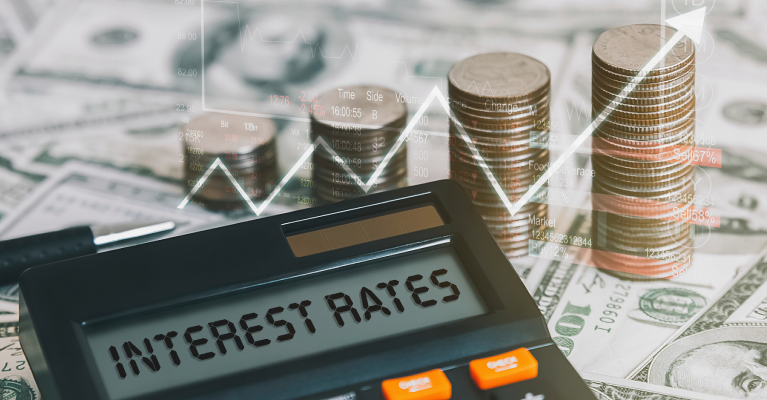National Credit Education Month takes place each March and can be a great time to refresh your finances as we head into the spring season.
The uptick in interest rates has motivated 30% of regional residents to reduce their credit card spending and debt, according to a recent WSFS Money Trends study.
Here are tips to help improve your credit and plan for the future.
Know Your Credit Fundamentals
With interest rates rising to some of their highest levels in decades, it is more vital than ever to use credit responsibly and ensure you have a firm grasp on the fundamentals. Start by ensuring you know your current credit score and what impacts it: payment history, credit utilization, length of credit history, credit mix and new lines of credit.
If your score needs improvement, look at your debt-to-credit ratio and the other factors that could be impacting it. You’ll want to keep your debt-to-credit-ratio below 30% whenever possible. On-time payments play a key factor in your score as well. While paying your balance in full each month is ideal, if you’re unable to do so, ensure your payment is on-time and strive to pay more than the minimum, as little bits can add up over the long-run.
Requesting your free credit report periodically is also a good idea, as it can help uncover inaccuracies or fraud that could impact your score.
Research Your Options for Existing Debt
Managing your debt can be difficult enough, let alone if you have multiple loans and lines of credit with various lenders. Take inventory of your debts, the required monthly payments and interest rates associated with each before working on a plan for how and when you will repay each.
Consolidating your debt can help to provide you with one monthly payment and potentially reduce the interest rate you’re paying overall. A few options include:
- Credit Cards: Look for a credit card with a 0% introductory rate, but make sure you know any balance transfer requirements, fees as well as the term after the introductory period ends.
- Personal Loans: Personal loans often offer a lower rate than credit cards. They can also be helpful to cover things like wedding or unplanned expenses.
- Home Equity Lines of Credit (HELOC): A HELOC can be a valuable tool for homeowners to leverage the equity in their house. HELOCs are a revolving line of credit like a credit card, but tend to offer lower interest rates. Most HELOCs also offer the option to lock in a fixed rate.
- Home Equity Loans: These loans also leverage the equity a homeowner has built in their house and tend to offer lower interest rates than credit cards.
Plan for the Future
While managing and paying down your debt, it is important to not lose sight of the future.
Plan for large expenses in advance wherever possible. For example, your water heater is nearing the end of its life and you will need to replace it in the next five years. By plotting out these expenses in advance, you can allow yourself time to build the savings needed and potentially limit the amount you will need to borrow when it comes time for these large expenditures.
The flipside to elevated interest rates making borrowing more expensive is the opportunity to earn more interest on your savings. Once your debt is in a better place, consider putting your extra savings into higher interest-bearing accounts like certificates of deposit (CDs), money markets and high yield money markets.
Wherever you find yourself in your financial journey, speaking with your local banker can be a great way to identify your financial goals, build a plan and put it in place.

Helping you boost your financial intelligence.
Read our financial resources from your friends at WSFS.




